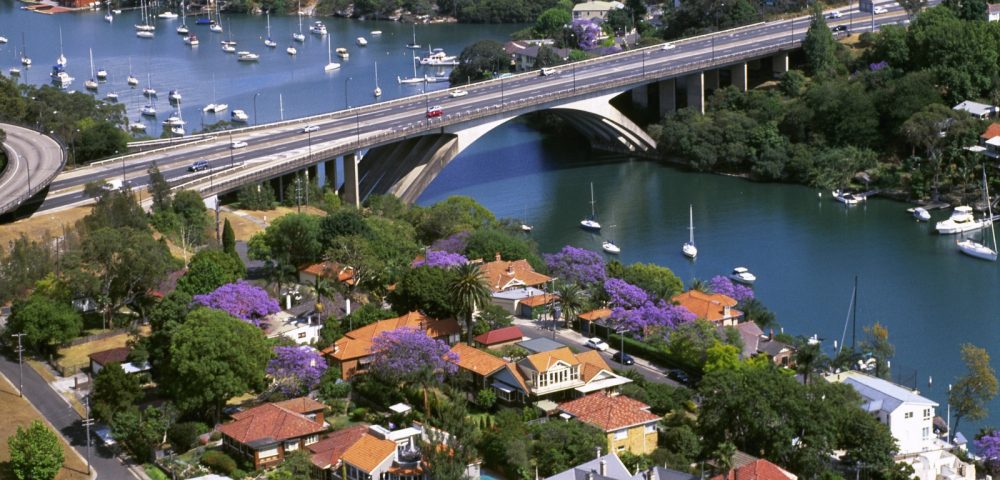Thinking about suburnisation, many people consider it as the next-level of development and planning. However, there is an inside story that may be completely different from what you actually see from the outside. Does it serve its purpose for the growing population, or does it show some tiny warning signals for humankind? Far from a simple shift in housing, suburbanisation changes the rules of urban management in ways that require urgent attention. This is when the municipalities and city planners are looking to shape resilient cities, reducing the negative impacts of suburbanisation.
Let’s dive in to uncover the consequences of it on a deeper level.
We will explore
What is Suburbanisation?

Suburbanisation is the term used to describe the outward expansion of urban development that has the potential to include nearby towns and villages into a broader metropolitan area. The suburbs are, in fact, the outskirts of a city that commuters can easily reach from the city core.
This process of suburbanisation can include people as well as businesses.
This occurs when many people tend to spread across over huge area and settle in sub-areas. It is a kind of growth that completely changes how the cities function, from businesses to facilities.
Suburbs normally have low levels of population density. This happens because people build their homes farther apart from each other. This way open space significantly gets bigger.
Difference Between Urbanisation and Suburbanisation

Urbanisation and suburbanisation seem to be the same when it comes to their concept, yet in reality, they go completely opposite directions.
If we look into urbanisation, it is a process where people tend to get together in megacities. Due to this population density, those cities will be heavily crowded. The main reason for this is that cities are the places that can offer more job opportunities and facilities like schools, transportation, etc.
On the other hand, suburbanisation is the process that happens when people decide to move away from the crowded areas, such as the city centre, to calmer surroundings in the countryside outside the cities.
Another difference is that when urbanisation paves the way for high population density areas, suburbanisation removes populations from cities to larger locations. This is theoretically named as ‘low-density neighbourhoods’.
What are the Primary Reasons for Suburbanisation?

- As you know, in the city centres, the spaces one person or a family can own are limited. They will not get the opportunity to spread across yards, gardens, etc. This is not problematic when you live in a suburb, as there is enough space for them to build houses as they prefer.
- Plus, when considering the prices of the houses, we can see that they are massively high. When living father apart from the city centre, the cost you have to pay for the housing is lower.
- It is true cities bring every facility people need right at the doorstep, like transportation, yet along with that, they must tolerate the noise, pollution and unclean air. In the suburbs, they can have a much calmer and tranquil lifestyle.
- Since suburbs are not that far away from city centres, even when they live at a distance, they can travel at lower costs.
Major Consequences of Suburbanisation

Urban Sprawl
Urban sprawl is what occurs when cities stretch farther from main cities to less-urban areas. It makes way for the low-density neighbourhoods in those areas.
Since the populations and housing schemes combine with farmlands and open spaces, in a way, it turns isolated locations into development projects.
Since they cannot solely rely on public transport, which is not widely available at any time, people have to use their own cars and travel anywhere.
In contrast to cities where the municipalities have built houses and other infrastructure methodically and have utilised the spaces wisely, in suburbs, the travel times are much longer, and land consumption is increased.
Since people do not need to connect, it adds a sense of isolation to the city corners and suburban areas.
Environmental Degradation
Although we consider urbanisation to be the main reason for environmental degradation to occur, it is proven that suburbanisation can cause more of it. Do you know why? When people move to more spaced areas, in other words, they are simply replacing natural habitats with concrete roads and houses.
The project developers have to take out forests, wetlands, or farmland to build housing schemes, and this will interrupt the habitats of the animals as well.
In a way, it reduces biodiversity while heavily interrupting natural processes like water filtration and carbon storage.
When they keep constructing buildings, the soil’s compaction goes upwards, and the ability to soak water into it comes down. This will cause runoff issues in the end.
Pressure on Infrastructure
If we predict that cities require more money for development, in reality, suburbs need the same amount of money for projects. When suburbs expand, they become mini cities. This is where the cities see the requirement to extend infrastructure like roads, water pipes, electricity, etc. Not to forget sewage systems. This not only requires a huge budget, but also resources like time and labour.
Even though the people are spread over a large area, the state governments cannot ignore the responsibility to offer the fundamental services to them. Since the distance is much larger, it can reduce efficiency in fulfilling maintenance needs.
There has to be a mechanism for traffic signals, street lighting, and public transit lines as suburbanisation happens increasingly. The local governments face struggles in balancing the maintenance of old urban neighbourhoods and developing the new buildings of the suburbs.
Air Quality Concerns
Since the suburban areas cannot provide enough transportation, people must utilise their own vehicles for travelling. This surely increases air quality issues in the end.
It is like a cycle of pollution happening within suburbanisation.
When the population heavily rely on their own cars, it increasingly produces more exhaust emissions. Among them are harmful pollutants like nitrogen oxides and particulate matter etc, which are the number one rival of air quality. It clearly threatens the good health of the people.
People gather in suburbs as they predict the air quality will be high, as there are more green spaces in those areas than in the city centres. The problem is that when development moves towards, developers have to remove the trees and forests to find the spaces hidden among them.
With fewer trees and greenery, suburban areas now tend to face low-air quality challenges equal to urban areas.
Also, experts say that suburban air pollution can spread towards the city areas quickly than we predict.
Planning Suburbs Methodically Using AI Tools

Take suburb planning from complex to methodical with Tigernix’s AI-enhanced software suite. Combining GIS mapping and Digital Twin technology, our suite provides a detailed, interactive model of your projects before the first brick is laid. It simply predicts growth patterns, assesses environmental impact, and optimises infrastructure in one platform. Join the future-forward planners already cutting costs and boosting accuracy via next-gen AI tools.







